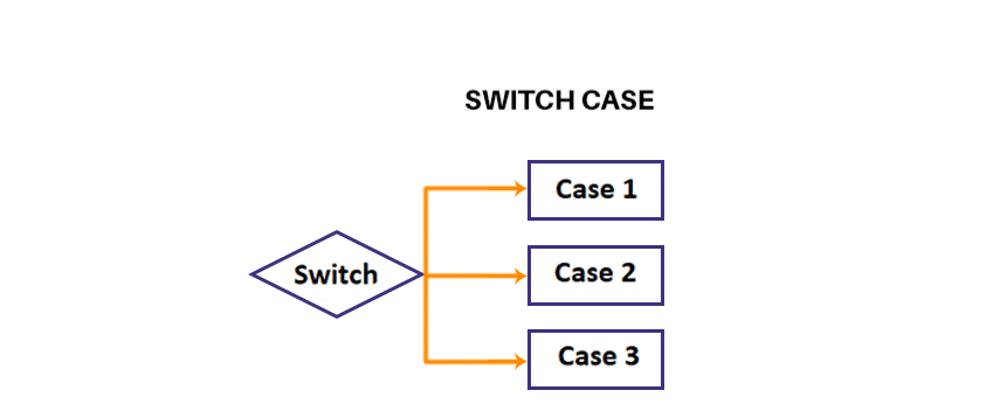Why Switch Statement Is Bad
First of all Switch Statement is not bad but sometimes violates Clean Code Principles
So Switch statement should be used very carefully.
Why Switch Statement is Sometimes Bad
- Violates Open-Closed Principle S(O)LID When adding a new Functionality with a new requirements so i will violate the Open-Closed Principle
Maintenance
By time with a new Requirements it will be very hard to maintain itBad Code Smell & Bad OOP Style
containing lots of redundant codes and the code going to be messy with time
Old Example
this Example Violates Open-Closed when we want to add new Functionality at this Function
also we have lots of redundant codes like Order Msg Data
function orderData(STATUS: string): Order {
const result = new Order();
switch (STATUS) {
case ORDER_STATUS.CHECKOUT:
result.msg = 'Welcome USER';
result.action = `${ORDER_STATUS.CHECKOUT} Action`;
case ORDER_STATUS.PAYMENT:
result.msg = 'Welcome USER';
result.action = `${ORDER_STATUS.PAYMENT} Action`;
case ORDER_STATUS.DELIVER:
result.msg = 'Welcome';
result.action = `${ORDER_STATUS.DELIVER} Action`;
default:
break;
}
return result;
}
So Using switch on a type is very bad OOP Style how can we refactor this code ?
The best solution of this is Using ( Polymorphism + Strategy Pattern )
The Below Code is a Solution with Polymorphism & Strategy Pattern
1- Initialize IOrder Interface & Other Payment Processors which have different business logic
interface IOrder {
getOrderData(): OrderData;
}
class Checkout implements IOrder {
getOrderData(): OrderData {
return new OrderData('Welcome USER', `${ORDER_STATUS.CHECKOUT} Action`);
}
}
class Payment implements IOrder {
getOrderData(): OrderData {
return new OrderData('Welcome USER', `${ORDER_STATUS.PAYMENT} Action`);
}
}
class Deliver implements IOrder {
getOrderData(): OrderData {
return new OrderData('Welcome', `${ORDER_STATUS.DELIVER} Action`);
}
}
2- Add Strategy Design Pattern Which Holds All Payment Processors Objects
class OrderStrategy {
public CHECKOUT: IOrder;
public PAYMENT: IOrder;
public DELIVER: IOrder;
constructor() {
this.CHECKOUT = new Checkout();
this.PAYMENT = new Payment();
this.DELIVER = new Deliver();
}
}
3- Now Our getOrderData function clean and Ready to use
function getOrderData(STATUS: ORDER_STATUS): OrderData {
const orderStrategy = new OrderStrategy();
return orderStrategy[STATUS].getOrderData();
}
Conclusion
Switch Statement is not bad at all but sometimes it violates OOP, also Breaks Open-Closed Principle
and it's going to be very hard to maintain and and refactor our Code in the future is going to be like a rock in our back
and the best solution to handle
these staff is to use Polymorphism and Strategy Pattern







Latest comments (4)
I find that switch statements are nice for things like enums. The values are limited so the API can still be kept clear. I think the main issue with your example is with stringly-based API (status is a string) being used in a statically typed language. Its not necessarily that you're using a switch statement.
Yea Switch statement is cool but sometimes when new requirements comes up the code maintenance is going to be very hard by time so by adding new features as you mentioned new Enum for example you just need to add new class it's better than editing in the switch statement it self
what if we used switch statement inside factory pattern ?
very nice one we can use Factory Pattern and Refactor Switch Statement to be exactly the same as we did here